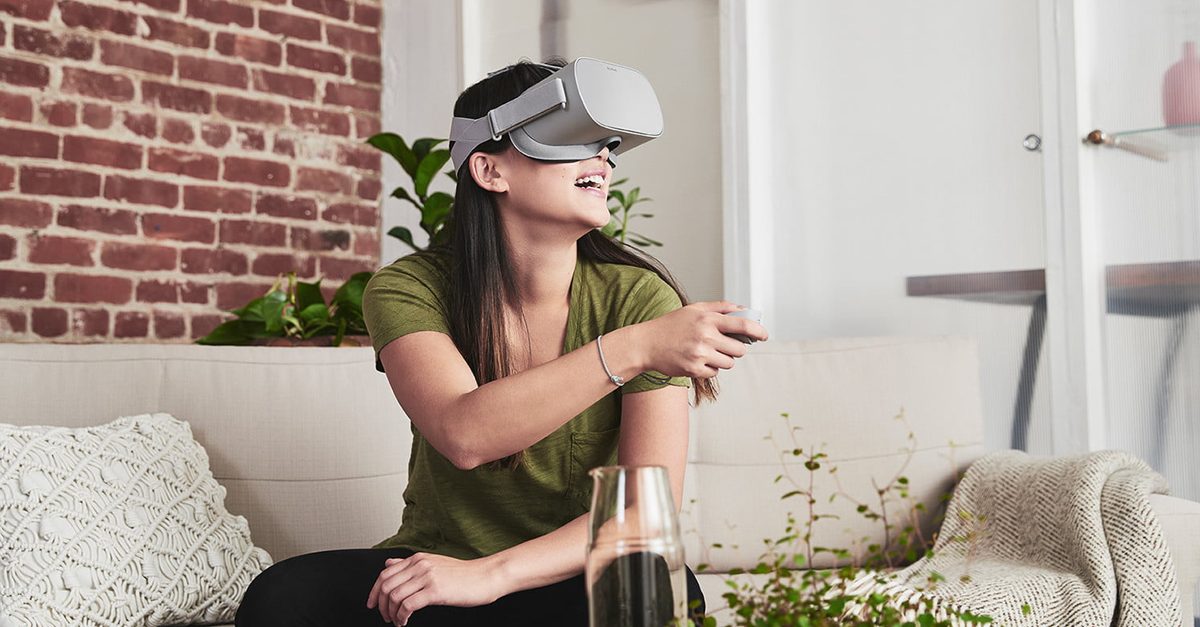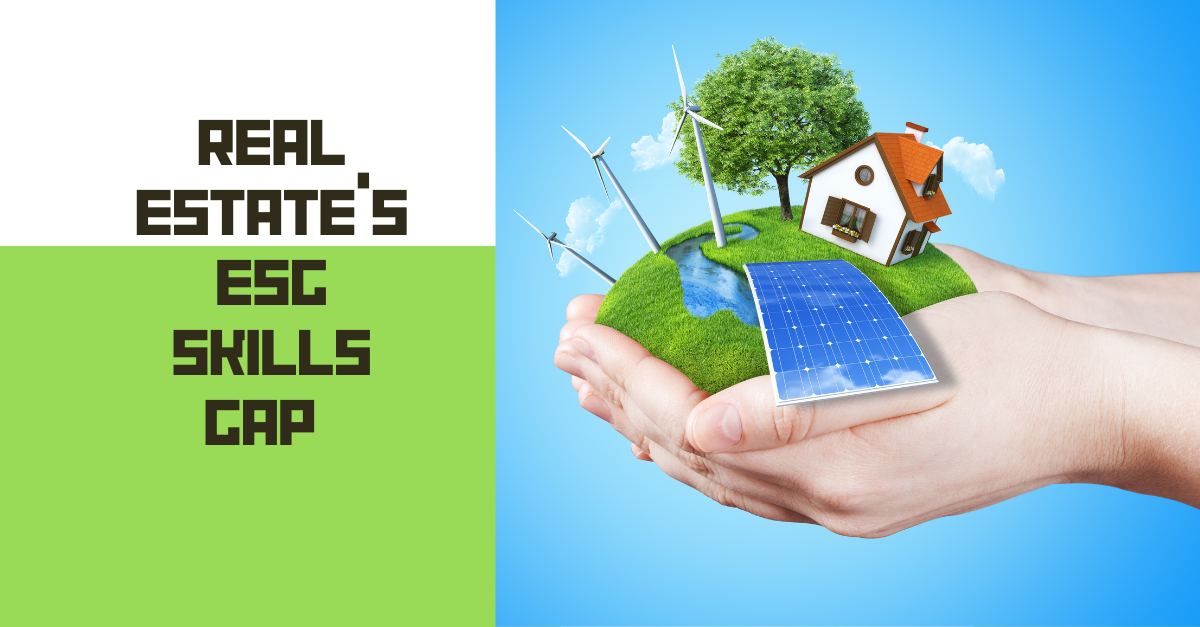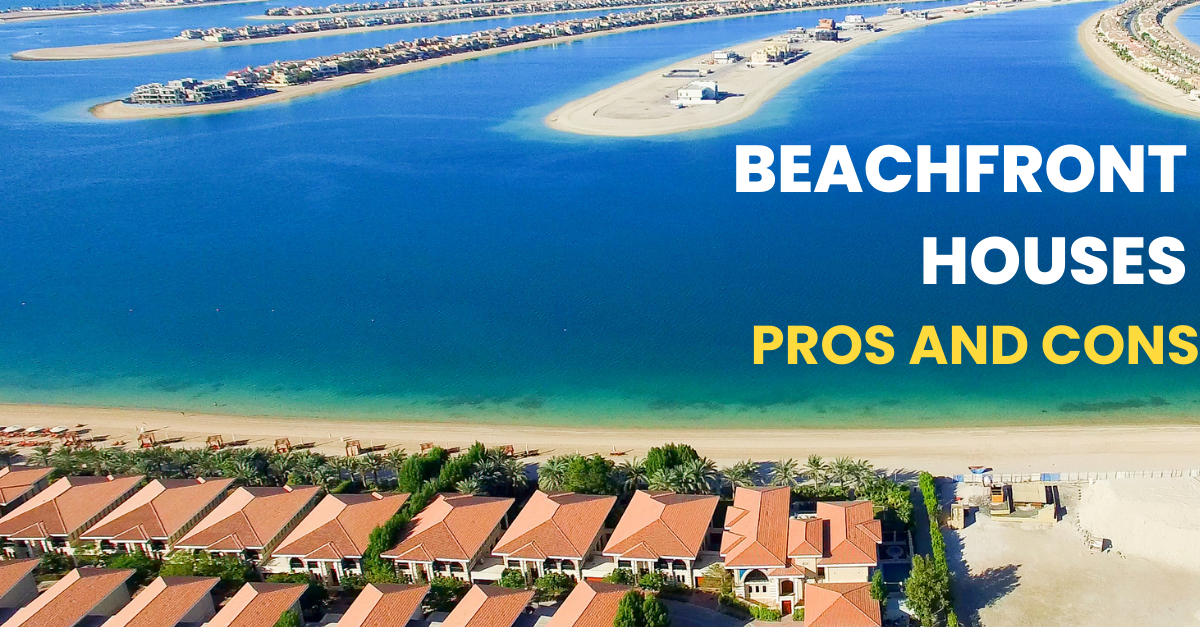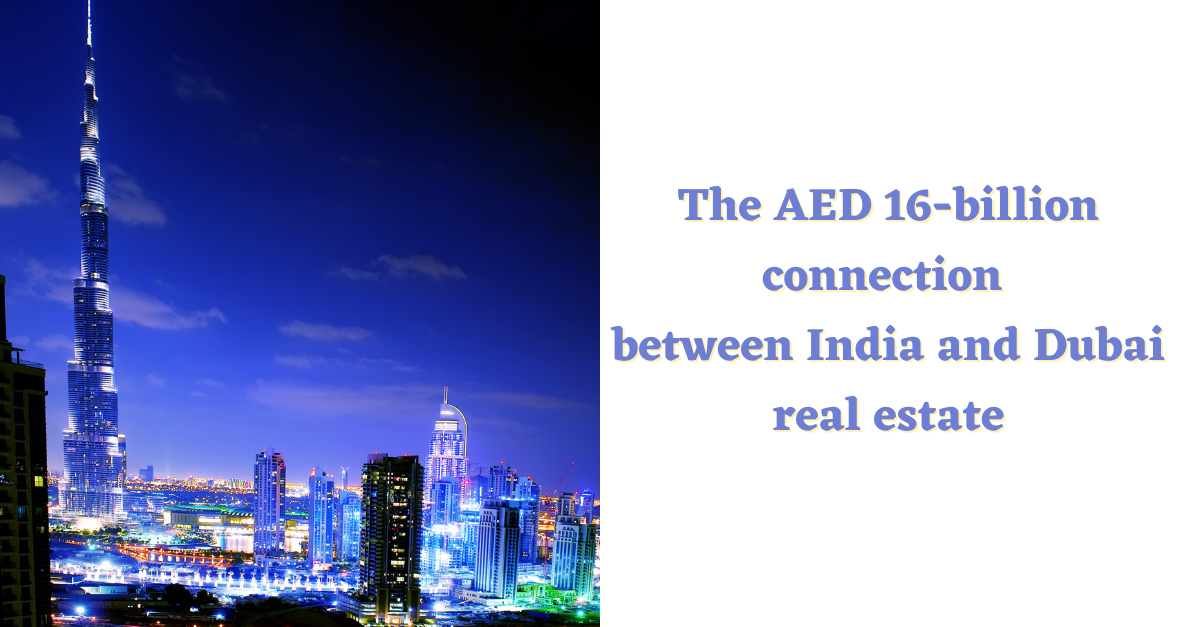Virtual Reality for Living Spaces – the Way Forward in 2019
When Australian sci-fi writer Damien Broderick first coined the term “virtual reality” in his novel The Judas Mandala in 1982, little did he know of its impact. Decades later, virtual reality (VR) looks poised to disrupt the traditional brick and mortar retail businesses. In a brave new world, where technology has taken the driving seat in transforming businesses and lives, virtual reality is adding another dimension to the mix. Even trailblazers like Damien Broderick might be surprised by how far VR has come, especially when industries devoted to the interior design and architecture of living spaces are jumping on the VR bandwagon.
Despite efficient communication between seller and customer in a retail business, there is room for confusion and doubt. In the event of buying furniture, it is hard to ignore a discrepancy that might arise between a product’s presentation in a showroom and how well it suits a home. So what is the best way to bridge a perception gap that results in hassles like returns and refunds? Enter virtual reality! VR in the interior design and architecture business has paved the way for “virtual showrooms”, which facilitate a retail outlet experience from the comfort of your own home and address the long-standing problem of unsuitability, mismatch and misjudging of products. With the technology showing early promise, industry leaders, including Gemini Property Developers CEO Sunil Gomes, believe that VR for living spaces is the way forward in 2019.
Virtual showrooms
In its rudimentary form, a virtual showroom comes to life when a user puts on a VR headset to experience the showroom without actually visiting one in person. Computer-generated experiences, incorporating auditory and visual feedback programmed and curated for customer needs, enables users to get a tactile sense of the products and purchases they are considering. Dimensions, colour and shape of the product can be conveyed virtually, and this viewing experience is being enriched constantly with further advances in computing power.
The gaming industry was the first to be excited by VR around the 1990s and has since witnessed a meteoric rise in VR content in enriching the gaming experience. Now, however, what was previously confined to the entertainment industry has transcended the business. Sunil believes that terminologies such as ‘exponential technology’ and ‘moonshot’ find their true meaning in the emergence of virtual reality, as a tool in the service of living spaces. However, there is more to the story.
AR and VR in Proptech in UAE
The highly competitive UAE real estate market with several prominent players looking to stand apart from each other is ideally suited to these innovative technologies. For instance, Virtual Reality makes a great fit for off-plan purchases. In the absence of an existing building, some developers and real estate brokers have already have started using virtual tours as a compelling marketing tool to evoke interest in potential buyers. Virtual experiences are also being used to assist customers in shortlisting ready properties, before making physical visits to the sites they identify.
And that is not all. The immersive experience that VR offers is enhanced further by its integration with other online tools, such as satellite mapping like Google Earth, to enable the ‘virtual viewing’ to include a 360-degree inspection of the neighbourhood as well.
UAE developers and brokers are increasingly realising the impact of this ‘visibility into the future’ on buyers.
From a buyers perspective, VR property tours might not completely replace physical inspections, but they are certainly expanding choices for them to conduct a preliminary ‘virtual tour’ of properties they are interested in, from the comfort of their homes. At the same time, VR tours would also give customers a standard to hold developers to, in terms of the finished property needing to adhere to the virtual representation used to market it.
The region’s growing population of tech-savvy millennials is increasingly exerting its influence on all commercial activities and real estate is no exception. Online listings are proving to be the first point of contact for an already significant and ever-increasing chunk of real estate transactions. It is inevitable that VR and AR engagements will rise in preference, in turn driving more widespread use.
Sunil believes that while the impact on marketing and sales is becoming more apparent, these technologies are also going to significantly redefine possibilities at multiple stages of the design and fabrication process. AR and VR technologies can hugely empower the initial design stages of a project and the UAE industry is already reporting significant savings by their use in the detection of design coordination errors, during the construction phase of projects. In a recent example, the virtual tour of a tower design in Dubai with VR technology was reported to help detect nearly 175 faults, which were not evident using traditional floor plans and designs boards, translating into savings between Dh3.5 million to Dh5.5 million as well as a more functional design. (2)
Amalgamation
Besides taking the world by storm, Pokémon GO was also a technological revelation. The mobile game’s impact on the advent of augmented reality (AR) cannot be overestimated. While virtual reality substitutes the real world with a virtual one, AR overlays the real world with virtual elements or augments the real-world elements seamlessly. In the context of living spaces, AR has found its use in catalogue apps, and also in amalgamation with VR to form a synergy.
Built using marker-based technology, most current AR catalogue apps enable users to estimate the impact of a product on any given living space. Retailers can provide brochures that can be overlaid on a location of user’s choice and viewed through AR apps. The result is the appearance of a true-to-life view of the furniture in its desired space, along with accurate dimensions and scaling(1). In the dynamic world of interior design, where aesthetic appeal is a glaring priority, Sunil believes that AR catalogue apps are a godsend.
Traction
The disruption posed by VR and associated technologies began to dawn on retailers when the world’s largest furniture retailer IKEA got in on the VR trend(3). IKEA boasts a high-definition, interactive virtual showroom experience that epitomizes the immersive power of virtual reality. One way of looking at it is that the entry of IKEA put to bed any qualms retailers might have had over the effective use of VR in living spaces(3). Alternatively, it marked a watershed moment for VR as a technology, having advanced deep into the market to a point of no return, believes Sunil. Going forward, Sunil is of the opinion that VR will only have more to offer.
All in all, both VR and AR have gained substantial traction to warrant further research, comprehensive understanding and integration with traditional business practices, and better yet, they are developing technologies likely to stand the test of time.
- https://www.indexexhibition.com/news-media/design-news/2019/january/virtual-reality-for-living-spaces/
- https://www.khaleejtimes.com/business/real-estate/why-technology-wont-replace-real-estate-agents
- http://present.digital/ikea/




